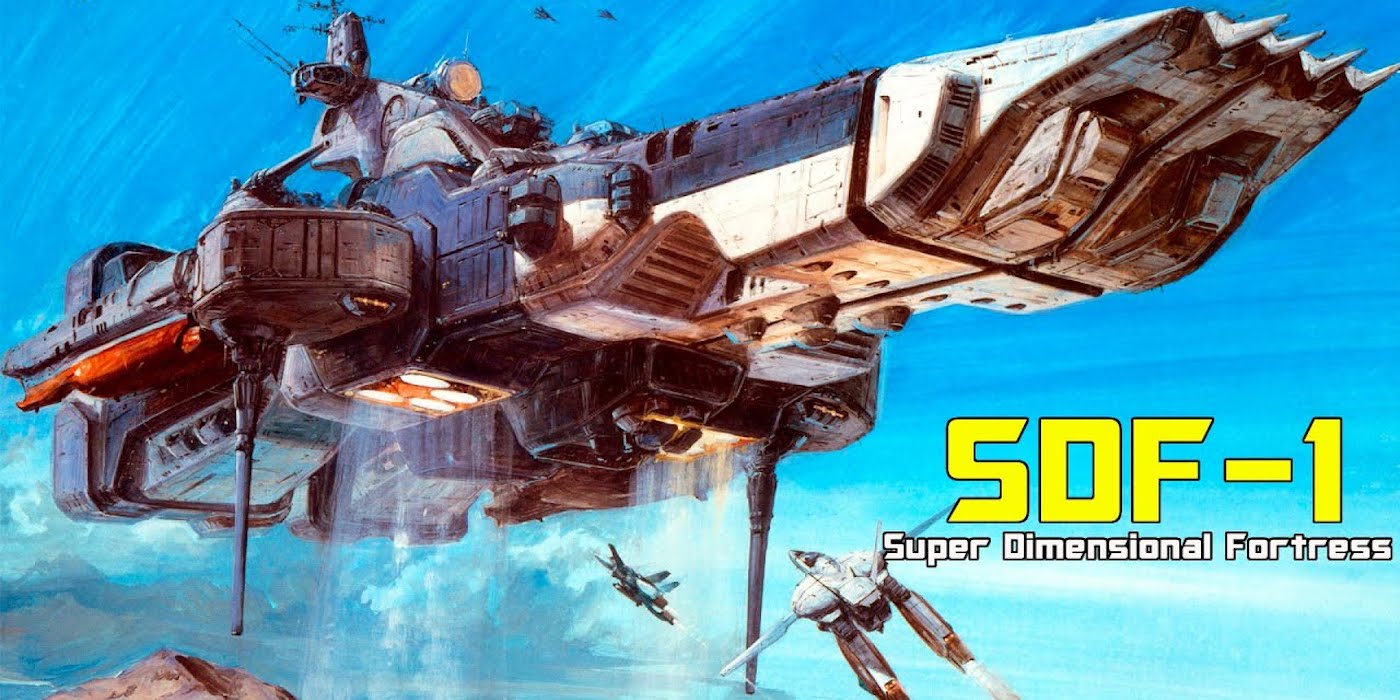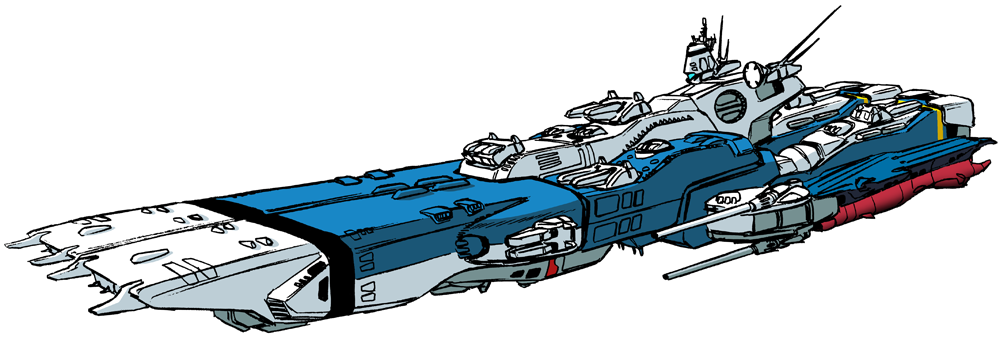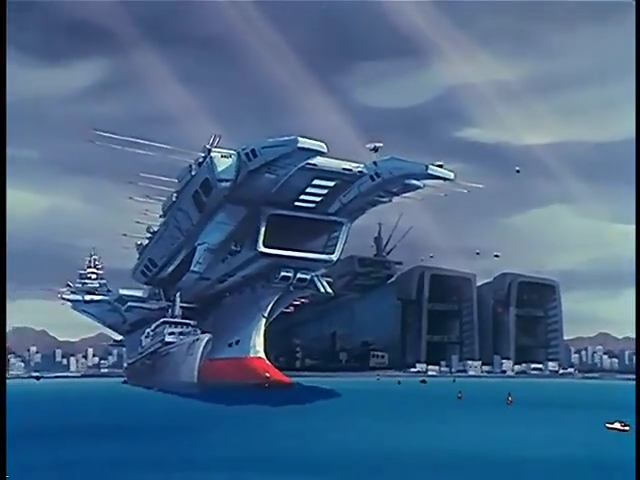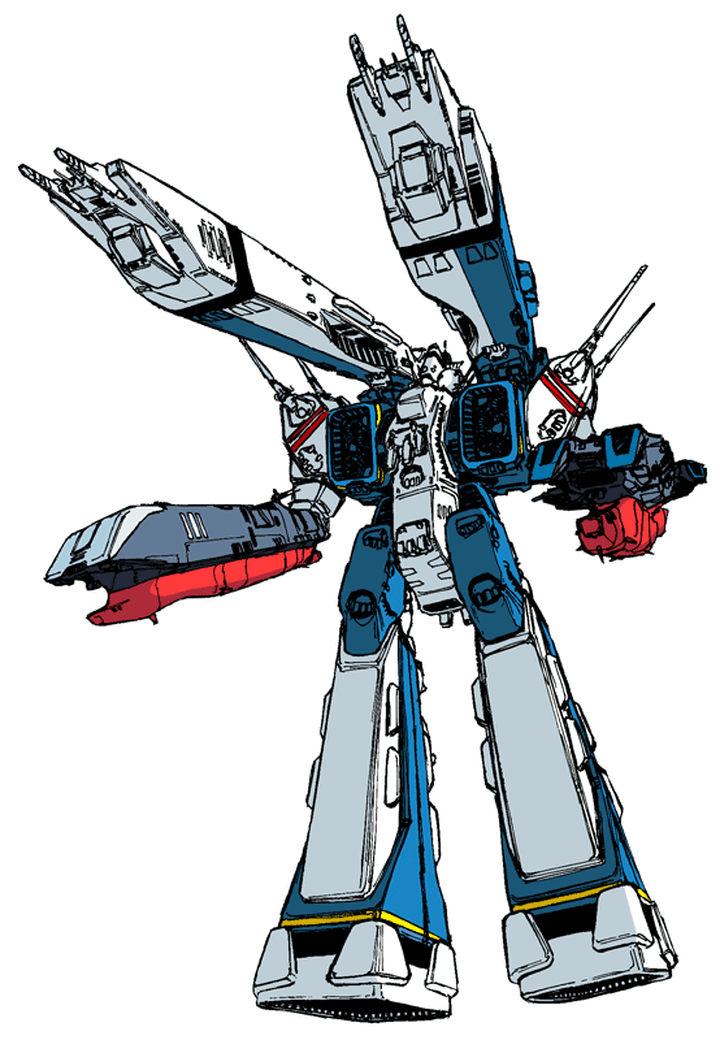The SDF-1 Macross: We Break Down the Only Ship Ever Taken Over By an AI Pop Star


The SDF-1 Macross has saved Earth more times than it has endangered it. Which is a pretty good track record for the giant mecha fortress.
The Super Dimensional Fortress Macross, better known as the SDF-1 Macross, has changed the course of Earth’s history on an almost weekly basis. From the initial crashed alien spacecraft that launched human technology light years ahead, to the time it was taken over by a virtual Idol pop-star, the Macross has played a major role in Earth’s history.
And with its ability to fold space for rapid transit, and to unleash a devastating super-dimensional energy weapon, it is one of Earth’s greatest assets. But where did it come from? And why does the body contain not one, but two separate ships in addition to the main one, functioning as arms?
The answer to the latter is, because it’s cool. But to answer the first, we have to travel all the way back to the distant future in the year 1999.
SDF-1 Macross Origins – ASS-1
The real history of the Macross begins thousands of years before 1999. Across the Milky Way, beyond the sight of humanity’s little corner of the galaxy, a massive interstellar war raged. That war and the existence of extraterrestrials came crashing to the forefront of human awareness both literally and figuratively on July 17th, 1999. On that balmy summer day, a massive alien ship, capable of faster-than-light travel, came crashing down on South Astaria Island, one of the southernmost points o the Ogasawara Island chain.
The United Nations immediately launched an investigation, and what they found changed history. The vessel, codenamed Alien Star Ship 1, or ASS-1 as it was more commonly known, was not only crewed by aliens, but they were five times the size of a human, and their technology was light-years ahead of anything Earth was capable of.
A newly formed United Nations government creates a group of international researchers known as OTEC to study the advanced technology, called OverTechnology by researchers at the time. At the behest of OTEC, ASS-1 is to be restored and rebuilt into a capital ship. When construction begins in 2001, ASS-1 is renamed to Super Dimensional Fortress-1 Macross. Or SDF-1 Macross for short.
Advances In OverTechnology
OTEC’s project yields incredible advances for Earth. ASS-1’s gravity control system allows for other starships capable of longer journeys to be built. The thermonuclear reactor system enhances pretty much every industry. Even the space fold system has its applications outside of the Macross, though these are limited indeed during the early years.
But despite this immense progress, humanity still struggles. Anti Unification wars break out, and progress on the SDF-1 stalls out in 2006, and as a result the ship isn’t able to be completed until 2009. Which meant that when humanity first made contact with alien scouts, they lacked a coherent understanding of what the Macross was capable of.
SDF-1 Macross – Design And Capabilities
Let’s talk about what the SDF-1 Macross was capable of. With a hypercarbon frame and hypercarbon hull, the ship was massive, coming in at a length of 1,210 meters, a width of 496 meters, and a height of 312 meters. The Macross was capable of transforming, operating in ship mode, or attack mode, when it took on a more humanoid form.
SDF-1 bristled with weaponry, both OverTechnology powered and good old-fashioned Earth guns. Its main armament was the OverTechnology Macross super-dimension-energy cannon with beam polarizing converging system (bow). Eight other guided converging beams complemented this massive cannon, as well as 4 electromagnetic rail cannons, and countless anti-ship missile emplacements.
Alongside the Space Fold System, which let the Macross travel faster than light, the most surprising system was the Pin Point Barrier system, which hadn’t been discovered until after the SDF-1 activated on its own and destroyed two alien ships, some 28,000 km from Earth.
And that’s just the start of the saga of the Super Dimensional Fortress.









